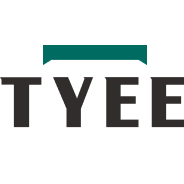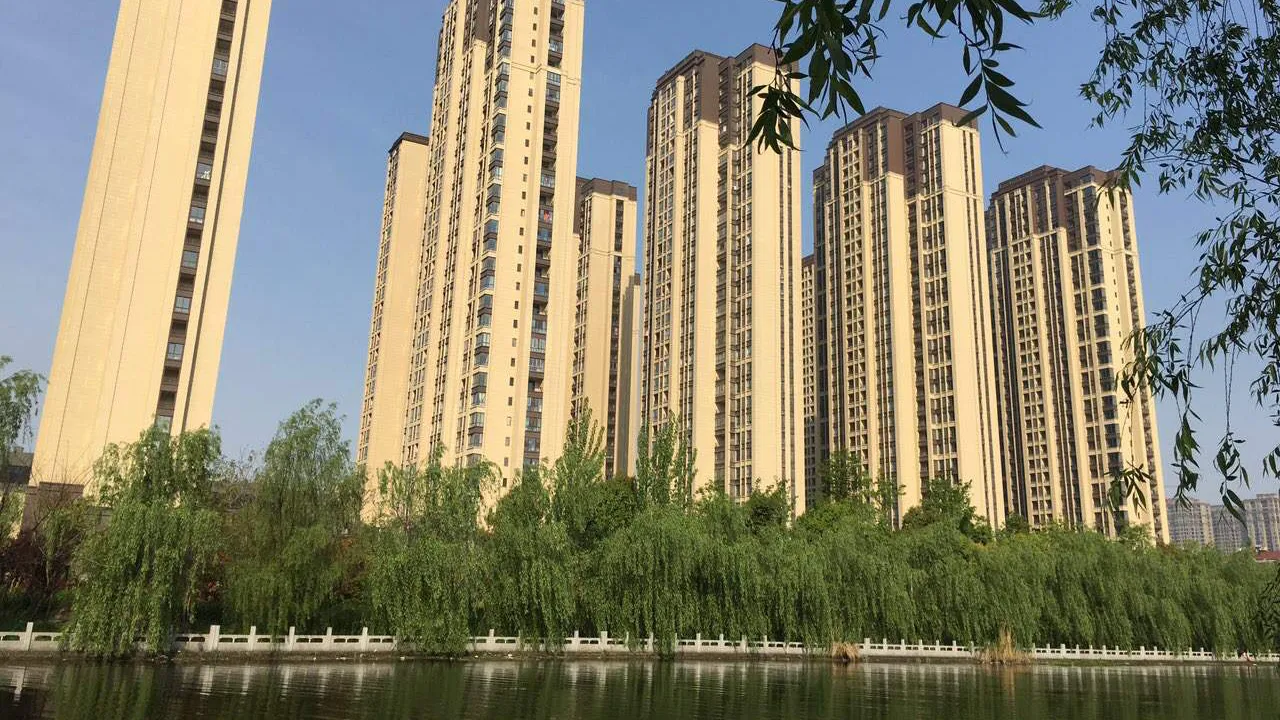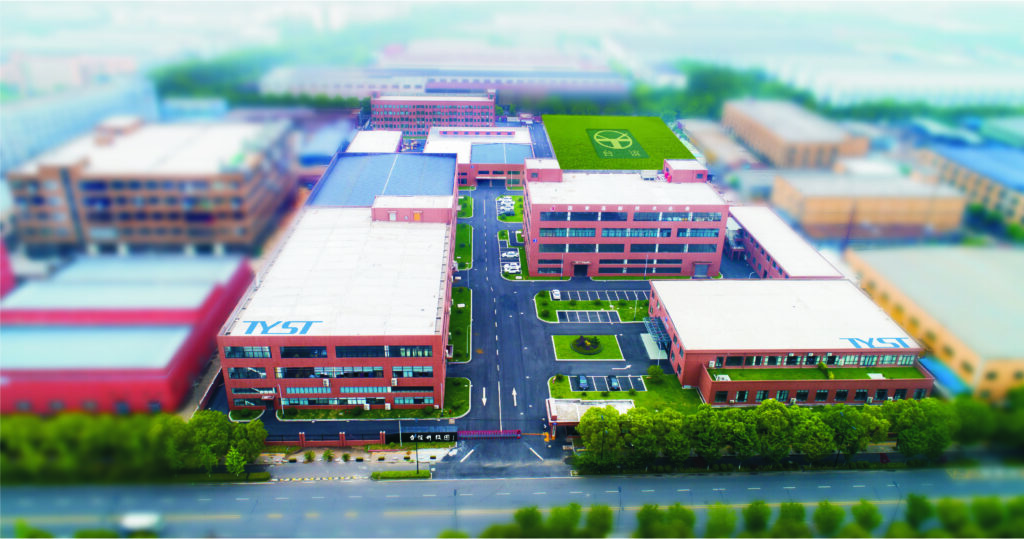
Image Source: pexels
Imagine waking up to the smell of smoke in your home. Every year, thousands of families face this danger. Residential fires cause major losses, including lives and property.
| Year | Residential Fires (approx.) | Fire Deaths | Fire Injuries | Property Loss (USD) |
|---|---|---|---|---|
| 2023 | 1,389,000 | 3,670 | 13,350 | 23.2 billion |

You can help prevent tragedy. Studies show that homes with a working fire alarm see up to 70% fewer deaths from fires. Installing these systems is not just a rule—it is your duty to protect everyone at home.
Key Takeaways
- Installing a working fire alarm system in your home can reduce fire deaths by up to 70% and protect your family and property.
- Choose a fire alarm system that fits your building size and needs, such as simple home alarms for small homes or automatic systems for larger buildings.
- Regularly test and maintain your fire alarms to ensure they work properly; monthly checks and yearly professional inspections are essential.
- Follow local fire safety laws and codes to avoid fines, lower insurance costs, and keep your home and neighbors safe.
- Combine fire alarms with emergency lighting and clear evacuation plans to improve your chances of escaping safely during a fire.
Why Residential Buildings Need Fire Alarm Systems
Life and Property Protection
You want to keep your family and home safe. A fire alarm gives you an early warning when smoke or heat appears. This early alert can save lives and reduce injuries. Research shows that when you cut emergency response time by just one minute, you can save about 3% more lives in residential fires. Quick action also protects your property from major damage.
- A fire alarm helps you:
- Hear or see alerts right away, even if you are asleep.
- Evacuate before smoke or flames spread.
- Call for help faster, which means firefighters arrive sooner.
- Lower the risk of losing valuable items and memories.
Recent advances in fire alarm technology, like wireless networks and smart home integration, make these systems more reliable and faster than ever. Smoke detectors remain the most common and effective type, but many systems now include heat and carbon monoxide sensors for extra protection.
Tip: Early warning is the key. The faster you know about a fire, the safer you and your loved ones will be.
Legal and Insurance Needs
You must follow fire safety laws in your home, especially if you live in an apartment or multi-family building. Many countries require a working fire alarm system in all residential buildings. For example, the Regulatory Reform (Fire Safety) Order 2005 and standards like BS 5839 set clear rules for fire alarm installation and maintenance. These rules help protect both people and property.
Insurance companies also look for fire alarm systems when they decide your coverage and rates. If you have a modern, well-maintained system, you may pay less for insurance. Some companies offer discounts because they know your risk is lower. If you do not keep your fire alarm working, you could face fines or even lose your insurance claim after a fire.
| Requirement Type | Why It Matters |
|---|---|
| Legal | Laws require alarms to protect lives and property |
| Insurance | Working alarms can lower your premiums |
| Safety | Early alerts help you escape and save valuables |
Upgrading your fire alarm system with the latest technology not only keeps you safe but also helps you meet legal and insurance needs. Regular checks and updates are important for staying protected and compliant.
Types of Fire Alarm Systems

Choosing the right fire safety solution for your home starts with understanding the different types of systems available. Each system offers unique features to help you stay safe and respond quickly during an emergency. Let’s look at the main options you can use in a residential building.
Home Fire Alarm Systems by tyee
You want a system that is easy to use and reliable. Tyee’s home fire alarm systems fit perfectly in most homes. These systems use advanced detectors to sense smoke and carbon monoxide. You get alerts through loud sounds and flashing lights, so you know right away if there is danger.
Tyee’s home fire alarm systems also use smart technology. You can connect them to your phone and receive real-time alerts, even when you are not at home. The system uses wireless installation, which means you do not need to run wires through your walls. This makes setup simple and quick.
| System Type | Initial Cost | Maintenance Cost | Complexity |
|---|---|---|---|
| Residential System | Lower | Minimal | Simple |
| Commercial System | Higher | Moderate to High | Complex |
You save money with tyee’s home fire alarm systems because they cost less to install and maintain. The system’s 10-year battery life means you do not have to worry about changing batteries every year. Studies show that these alarms can prevent up to 80% of electrical fires in homes. They also learn over time, which helps reduce false alarms.
Note: Even though most homes have fire alarms, about 20% do not work because of poor installation or lack of maintenance. Always test your system and follow the instructions for setup.
Automatic Fire Alarm Systems
If you live in a larger building or want more advanced protection, you can choose an automatic fire alarm system. Tyee’s automatic systems use several types of detectors, such as smoke, heat, and manual call points. These systems can find the exact location of a fire and send alerts to a control panel. You get faster help because the system can contact emergency services right away.
Automatic fire alarm systems use smart sensors and digital communication. They check for changes in the environment and adjust their sensitivity to avoid false alarms. The system can connect to other safety devices, like sprinklers or emergency lighting, for a complete safety solution.
Reliability studies show that automatic fire alarm systems have a high success rate. Most systems work more than 99.9% of the time. Problems usually happen because of installation mistakes or poor maintenance, not because of the system itself. Regular checks and proper setup help keep your system working when you need it most.
| Performance Metric / Aspect | Description / Findings |
|---|---|
| Failure Rates (Bathtub Curve) | High at first, low during most of life, higher as system ages |
| System Reliability | Often exceeds 99.9% |
| Warranty Return Rate | 0.1% to 0.5% of components returned |
| Installation Impact | Errors during setup are a main cause of problems |
| Inspection, Testing, and Maintenance (ITM) | Regular checks and self-diagnostics improve reliability |
Tip: Choose a system that matches your building size and needs. Addressable systems work best for larger or more complex homes because they show the exact fire location.
Emergency Lighting & Evacuation
During a fire, smoke can make it hard to see and find your way out. Emergency lighting and evacuation indication systems help guide you to safety. Tyee’s system uses bright LED lights and clear signs to show the best escape routes. The system can change the path based on where the fire is, helping you avoid danger.
You get 24-hour monitoring with tyee’s emergency lighting system. It checks for problems and alerts you if something is wrong. The system uses safe, low-voltage power and strong materials, so it works even in tough conditions.
- Emergency exits and escape routes lower the risk of injury and death during fires.
- Emergency lighting improves visibility when smoke fills the air.
- Integrated systems help you evacuate quickly and safely.
- Good building materials and strong structures also help keep you safe during a fire.
Remember: Emergency lighting and evacuation systems work best when combined with fire alarms and good building design. Together, they give you the best chance to escape safely.
Comparing Features
You can see the main differences and benefits of each system in the table below:
| Feature | Home Fire Alarm System | Sistem Alarm Kebakaran Otomatis | Emergency Lighting & Evacuation |
|---|---|---|---|
| Smoke/CO Detection | Yes | Yes | No |
| Smart Integration | Yes | Yes | Yes |
| Real-Time Alerts | Yes | Yes | Yes (for faults) |
| Emergency Guidance | No | Yes (with integration) | Yes |
| Easy Installation | Yes | Yes | Yes |
| Maintenance Needs | Low | Moderate | Low |
| Suitable for Large Buildings | No | Yes | Yes |
You should choose the system that fits your home’s size and your family’s needs. Tyee offers solutions for every type of residential building, from small apartments to large complexes. By combining fire alarms, automatic detection, and emergency lighting, you create a safer environment for everyone.
Choosing the Right System
Assessing Building Needs
You need to start by looking at your building’s unique features. Every home is different. The right fire safety solution depends on your building’s size, layout, and who lives there. For example, a small apartment has different needs than a large multi-family building.
- Look at the construction materials. Wood, brick, and concrete all react differently to fire.
- Check the number of floors and total area. Taller or larger buildings may need more detectors and alarms.
- Think about how many people live in your home. More people means more exits and alarms.
- Review where fires are most likely to start, such as kitchens or bedrooms.
- Consider if anyone in your home has special needs, like children, seniors, or people with disabilities.
You should also look at local fire data. Some neighborhoods have higher risks because of building age or community factors. If you live in a multi-family building or a place with many vulnerable residents, you may need extra protection like automatic extinguishing systems.
Tip: Walk through your home and make a list of rooms, exits, and possible fire hazards. This helps you decide how many alarms and lights you need.
Budget and Features
You want the best protection, but you also need to think about cost. Some systems cost more at first but save money over time. Tyee’s home fire alarm systems give you a good balance. You get advanced features, easy setup, and a long battery life—up to 10 years—so you do not have to replace batteries every year.
Here is a table to help you compare system types and see which fits your needs:
| Aspect | Details |
|---|---|
| Fire Alarm System Types | – Conventional: Zone-based, simple, cost-effective, best for small homes. |
| – Addressable: Monitors each device, great for large or complex homes, faster response. | |
| Market Segmentation by Building | – Residential: Growing need for smart, easy-to-use systems. |
| – Commercial/Public: Advanced detection, more integration, higher cost. | |
| Key Competitors & Strengths | – Tyee: Easy installation, long battery life, smart integration, trusted worldwide. |
| – Others: Fike, Fire-Lite, Bosch, Haes Systems, each with unique strengths. | |
| Market Growth Factors | – Urban growth, new safety rules, smart tech, and better infrastructure. |
Tyee’s products stand out because you can install them yourself, and they last for years. You save money on maintenance and get peace of mind. Smart features let you connect alarms to your phone, so you get alerts even when you are away.
Note: Always choose a system that matches your budget and your home’s needs. Spending a little more now can save lives and property later.
Professional vs. DIY
You can install many fire safety systems yourself, especially if you choose tyee’s home fire alarm system. The design is simple, and you do not need special tools. The instructions are clear, so you can set up alarms in minutes.
If you have a large or complex building, you may want a professional to help. Professionals know how to place alarms in the best spots and connect all parts of the system. They can also test everything to make sure it works right.
Here are some points to help you decide:
- DIY works well for small homes or apartments.
- Professional installation is better for large homes, multi-family buildings, or places with special needs.
- Tyee’s systems are easy to install, but you can always ask for expert help if you want extra assurance.
Remember: Regular testing is important. Whether you install the system yourself or hire a pro, check your alarms every month.
By matching your building’s needs to the right system, you keep everyone safer. Tyee offers solutions for every type of home, with easy installation and long-lasting protection.
Fire Codes & Compliance
Local Regulations
You must follow local fire codes to keep your home safe. These rules protect you and your neighbors. Agencies like OSHA and NFPA set standards for fire safety in buildings. Local authorities check that you use fire-resistant materials and install alarms or sprinklers. Building codes help your home stand strong during fires and other disasters.
- Fire safety compliance saves lives and reduces injuries.
- You avoid legal trouble and fines by following the rules.
- Insurance companies may lower your rates if you meet all safety codes.
A look at global data shows that countries with strict fire codes, like the Netherlands, have much lower fire death rates than places with weaker rules. In New York City, fire death rates stay low in buildings that follow code, no matter the design. This proves that following fire codes works.
Inspection & Maintenance
You need to check your fire alarm system often. Regular testing keeps your alarms working when you need them most. The NFPA 72 standard says you should inspect and test alarms at set times—weekly, monthly, and yearly.
Here is a simple checklist for your inspections:
- Gather all records for your fire alarm system.
- Make sure alarms are easy to reach.
- Test smoke and heat detectors.
- Check that alarms sound loud enough.
- Inspect the control panel.
- Write down any problems you find.
- Fix issues right away.
- Clean sensors and replace batteries as needed.
- Keep detailed records of all checks and repairs.
Tip: Certified professionals should do a full inspection every year. Good records help you pass audits and keep your home safe.
Accessibility
Everyone in your home should hear and see fire alarms. People with hearing or vision loss need alarms with flashing lights or strong vibrations. Studies show that accessible alarms and education programs lower fire injuries and deaths, especially in vulnerable communities.
You can help by installing alarms on every level of your home. Make sure alarms are easy to reach and test. Community programs that give out alarms and teach fire safety make a big difference. The CDC says working alarms can cut the risk of death from house fires in half.
Remember: Accessible fire safety helps everyone, no matter their age or ability.
You play a key role in keeping your home safe. Reliable detection systems protect lives and property. Tyee offers trusted solutions that meet safety standards and make installation easy. Take time to check your current setup. Ask a professional for advice or explore tyee’s products for better protection. Stay informed by reading safety guides or joining local fire safety programs. Your actions today can prevent loss tomorrow.
FAQ
How often should you test your home fire alarm system?
You should test your fire alarm system once a month. Press the test button on each device. If you hear a loud sound, your alarm works. Replace the batteries if you do not hear anything.
Where should you install smoke and carbon monoxide detectors?
Place smoke detectors in every bedroom, outside sleeping areas, and on each floor. Install carbon monoxide detectors near sleeping areas and in rooms with gas appliances. Avoid placing them near windows or vents.
What should you do if your fire alarm keeps going off for no reason?
First, check for dust or steam near the detector. Clean the device with a soft cloth. If the alarm still sounds, replace the batteries. If problems continue, contact a professional for help.
Can you install a tyee fire alarm system by yourself?
Yes, you can install tyee’s home fire alarm system yourself. The instructions are simple. You do not need special tools. If you have a large home or want extra safety, ask a professional for help.









